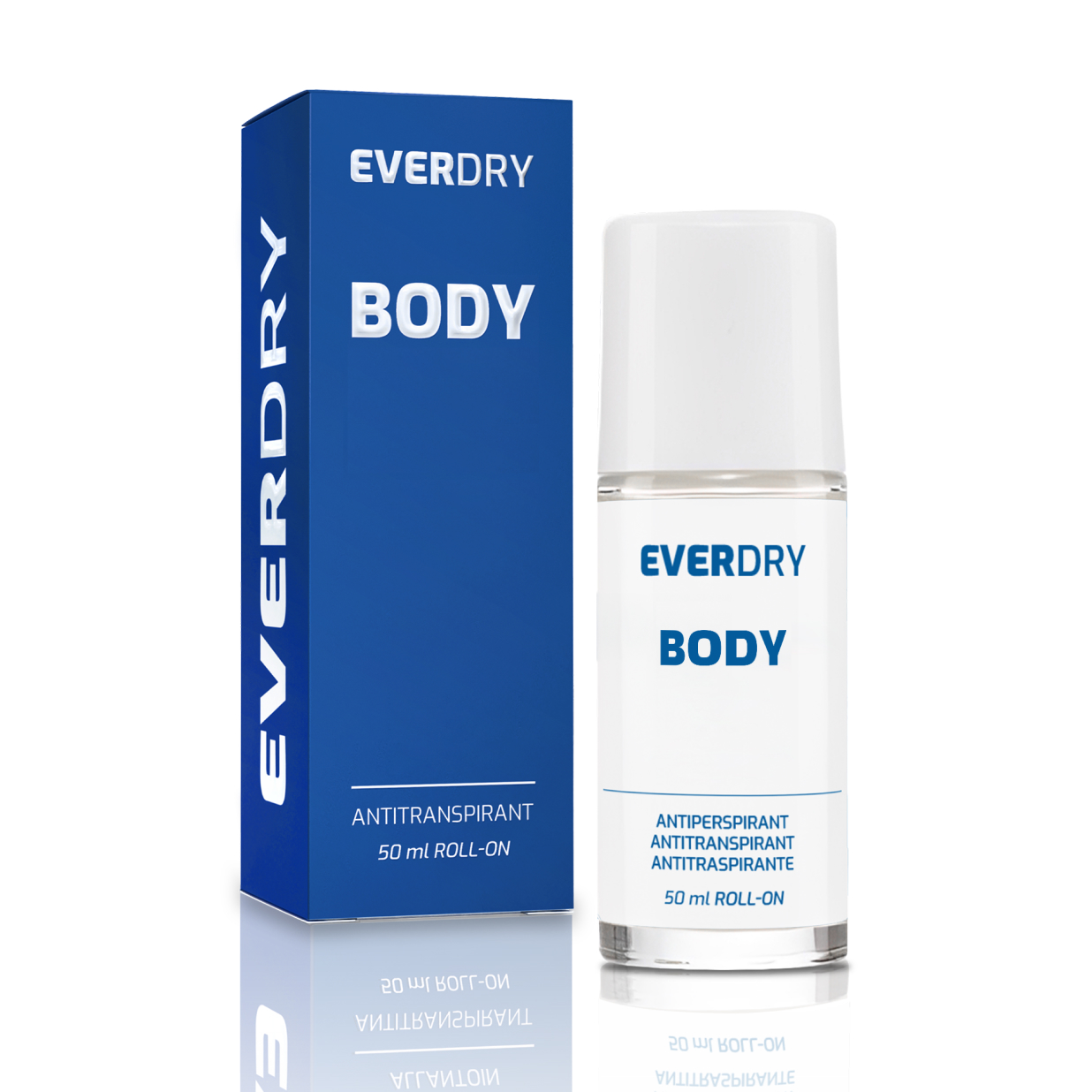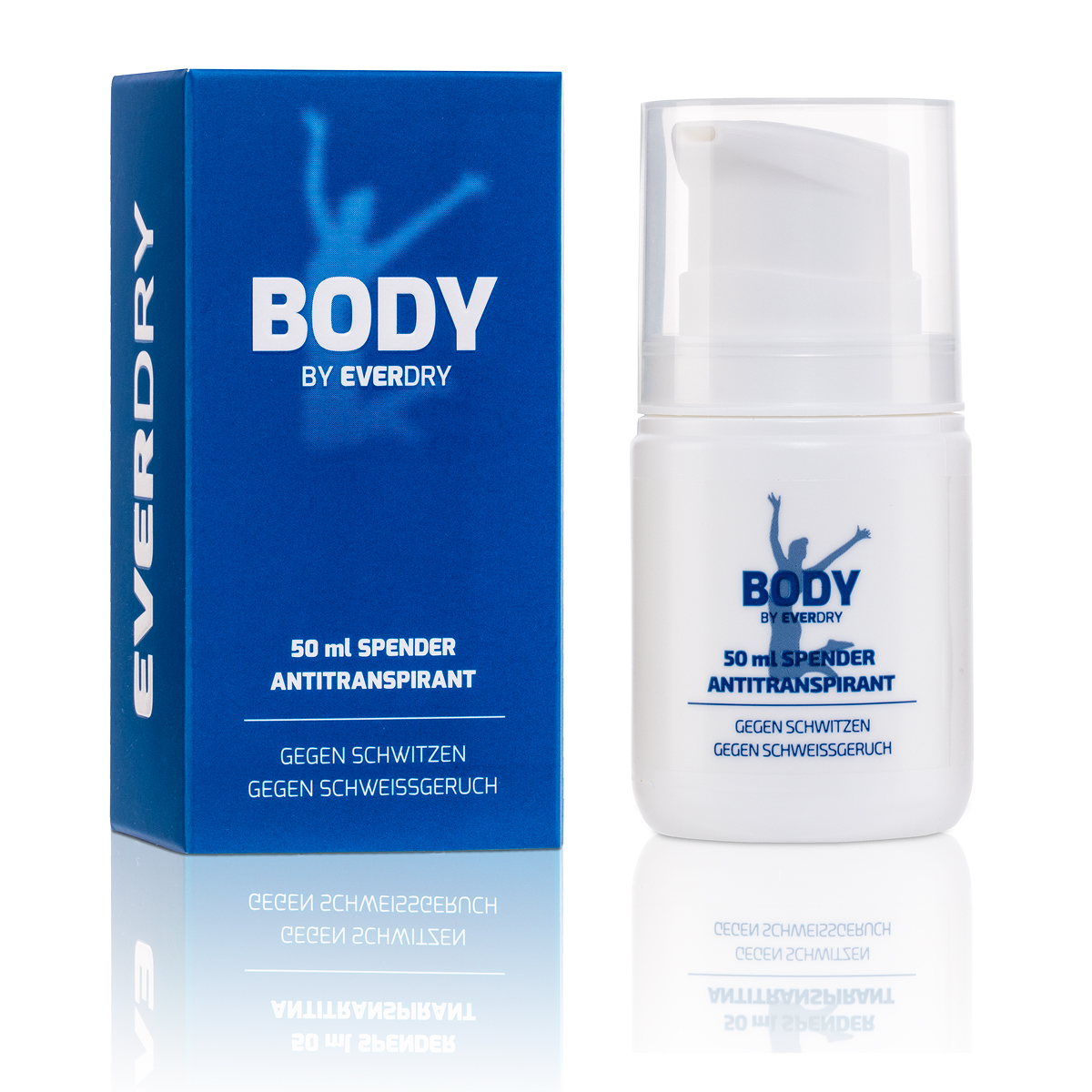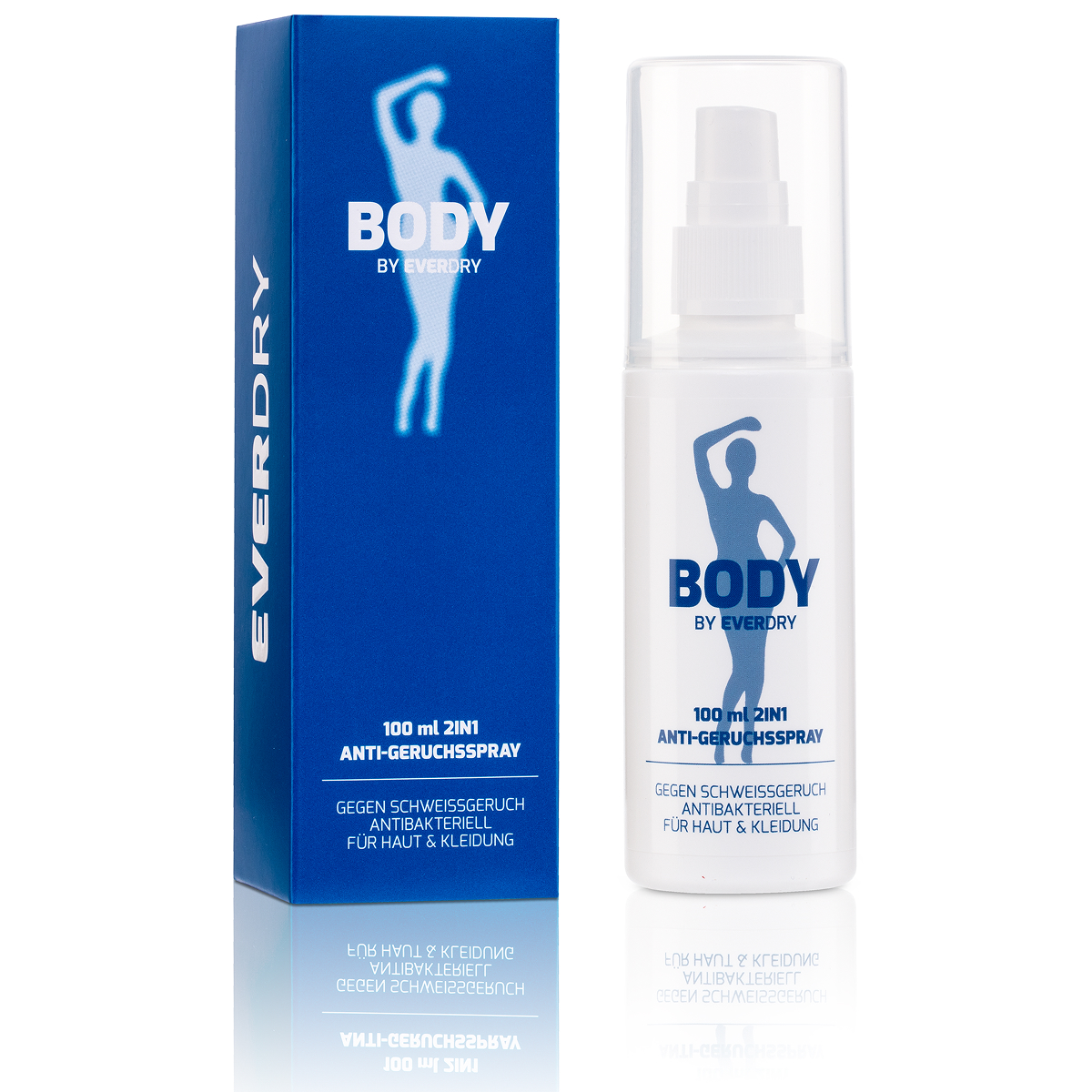- Antiperspirants
- Shirts, Socks, Pads
- Iontophoresis
- Anti-odour
- All Products
-
Guide
- Interesting facts about sweating
- Tips and tricks
- The most common sweating triggers
-
Sweating from head to toe
- Safety of aluminum
- How antiperspirant works
- Antiperspirant - Deodorant: what helps
- manjana undershirts
- Sweating on the head
- Sweating under the armpits
- Sweating on the face
- Sweating on the feet
- Sweating on the chest
- Sweating on the hands
- Antiperspirant not effective
- Sweating in the neck, back, body
- Sweating in the intimate area
- PETA Certified
In a nutshell: Key takeaways
Excessive Head Sweat - A Real Struggle
This piece looks at the issue of really heavy sweating on the head and scalp. It describes just how unpleasant and bothersome it can be, especially when the weather's warm. Aside from your hair going all limp and looking a bit of a state, it also touches on other things that can come with it, like an itchy head. The text makes it clear that this problem often isn't down to not being clean enough and can be a proper pain for many who experience it.
Head Sweat - A Right Nuisance
When sweating on your noggin ruins your 'do: your hair sticks to your forehead and that feeling on your scalp is more than just a bit unpleasant – sweating on your head and scalp is a proper pain for many folk. Especially in the summer when the temperatures really climb, many sufferers inevitably sweat more.
Also, sweaty hair can leave you looking a bit unkempt, even though the heavy sweating usually isn't down to poor hygiene. Head sweat can also encourage itching and a tickly scalp, which can make you feel even more uncomfortable.
Why Do We Sweat on Our Heads?
Basically, sweating's normal and part of your body's healthy functions, helping to stop you from overheating. But if the sweating goes beyond just regulating your temperature, those unwanted sweaty outbursts can quickly become a real trial for those affected.
There are different reasons for heavy sweating on the head too. Often, not-so-great lifestyle bits and bobs can be the culprits. For example, an unhealthy diet (think spicy grub, fatty or hard-to-digest meals), being overweight, and even knocking back too many cigarettes or too much booze can lead to more head sweat.
Other everyday reasons for your scalp producing more sweat:
- Stressful situations get the sweat glands going for many people, and that includes the sweat glands on your scalp, which then work overtime.
- Heat really builds up quickly under hats or caps, so the sweat glands under your headwear get extra "fired up".
- When you're doing exercise, your body naturally produces a lot more sweat. And your head doesn't escape that either.
- Washing your hair too often can actually encourage more sweat and can also irritate your scalp.
- During the menopause, your body's hormones change all sorts of things – so heavy sweating on your head can also be put down to the change of life.
- Everyone's different – while some of us can enjoy a hot summer practically sweat-free, you might be the type who's just prone to sweating more.
If you're constantly getting a really sweaty head, you should have a chat with your doctor to rule out any illnesses or side effects from medications as the cause.
5 Tips for Dealing with Head Sweat
Washing your hair loads or wearing a hat for protection only helps so much. So, have a go at our 5 handy tips to specifically avoid that annoying sweating on your scalp.
1. First Aid with Home Remedies
Everyone knows a good home remedy, don't they? There's usually a tip from the garden, kitchen, or bathroom cabinet for almost every little ailment. While some of these things don't really help with head sweat, others can actually be surprisingly useful. Now, home remedies won't stop you sweating on your head altogether, but they can at least give you some initial relief.
Apple Cider Vinegar:
Apple cider vinegar is a really popular home remedy that people use for all sorts of problems. It's also used for head sweat because it's said to regulate the skin's pH balance, can neutralise bacteria, and calm down sweat and sebum production on your scalp.
Tip: Mix the apple cider vinegar with warm water. Gently massage the liquid into your scalp. Don't rinse it out straight away, but wrap your still-damp hair in a towel. After an hour, you can thoroughly wash out the apple cider vinegar rinse, using lukewarm water if you can. You can then style your hair as usual or just let it air dry.
Baby Powder:
Running late in the morning and your head sweat's messing up your new hairstyle? Just grab some baby powder! It works a bit like dry shampoo: the baby powder freshens up your hair for a bit and covers up those greasy, sweaty bits. Just be careful not to use too much, or your hair might look grey. A tiny bit often does the trick, and you can face the day feeling a bit fresher.
Tip: It's all about the mix – baby powder and apple cider vinegar, that is. A rinse made from 1 part baby powder and 1 part vinegar is supposed to calm your scalp and sweat production for a short while. Gently apply the liquid to your scalp, using a towel or tissue is best. After letting it sit for no more than 10 minutes, rinse it out thoroughly with lukewarm water. Then you can blow-dry and style your fresh, sweat-free hair as usual.
Sage:
Sage is a well-known home remedy for sweating – including head sweat. This lovely-smelling herb contains essential oils, tannins, and flavonoids, which are thought to have a positive effect on sweat production.
For sweating on your scalp, a sage infusion is a good shout. Let fresh sage simmer for at least 15 minutes. Once it's cooled down, gently massage the infusion into your scalp. After letting it sit for about 10 minutes, rinse your hair with lukewarm water.
Tip: Don't have any fresh sage handy? You can use a sage teabag instead. That's killing two birds with one stone! First, enjoy your nice cup of sage tea, and once the teabag's cooled down, gently dab it all over your scalp. After about 10 minutes, rinse your hair thoroughly. Now you can style or dry your hair as you normally would.
Sage oil is another option if you don't have fresh sage or sage tea in the house. Just pop 1 or 2 drops into your shampoo and wash your hair as usual.
2. Use Antiperspirants on Your Scalp
If home remedies only help a bit, or if you want to get a long-term handle on your head sweat, then antiperspirants are your best bet. Their special ingredients help to regulate sweat production over time. For targeting your scalp, antiperspirants in a spray or roll-on form are usually best.
How do you use antiperspirants properly on your head?
It's dead easy. Just put a bit of the liquid on your fingertips and gently massage it evenly into your scalp.
First-Time Use
- Apply the antiperspirant in the evening before you go to bed, onto clean, dry, and unbroken scalp. Ideally, you'll have washed and blow-dried your hair thoroughly beforehand. Please make sure your scalp isn't broken or irritated.
- Put some of the antiperspirant liquid on your fingertips and massage it evenly and thinly into your scalp.
- Repeat this process when you first start using it until you get the result you want, but for no more than 2-4 days in a row.
- You can wash your hair again the next morning as usual or just style it.
Ongoing Use
- Only use the antiperspirant when you need to, for example, as soon as you notice you're sweating more on your head again. How often you use it depends on how much you personally sweat. Over time, you might find you need to use it less often, maybe just once a week before bed.
- Repeat the application as described for the first-time use: once in the evening before bed, massaging it into a clean, dry, and unbroken scalp. This one application should be enough to refresh its effect. The antiperspirant will then work again for a few days or even weeks.
3. Use Special Shampoos
If your scalp sweats a lot, it can get stressed. Washing your hair too often with the wrong shampoo, which might give you short-term relief from greasy hair, can quickly dry out your scalp. So, an itchy head is a common result of heavy head sweating.
If you've got an irritated and itchy scalp, try using skin-calming shower creams. These will clean your hair while being gentle on your scalp and soothing any irritated bits – perfect for washing your hair every day.
4. Mind What You Eat
Did you know that what you eat can also directly affect how much you sweat on your head? Certain diets can actually influence sweat production or even make it worse.
So, try to avoid really spicy and fatty foods if you tend to get a sweaty head more often. Instead, enjoy fresh fruit, vegetables, and other light meals that are either steamed or gently cooked. The easier it is for your body to digest food, the less it has to work extra hard.
5. Remember to Stay Hydrated
There's still this myth going around that drinking loads makes you sweat more (on your head too). But that's not right at all. Drinking lots is NOT a cause of increased sweating (on your head)!
Getting enough fluids is really important for keeping your body working properly. Any liquid you lose – including through head sweat – definitely needs to be replaced. You should aim to drink at least 2 litres throughout the day.
Regularly sipping a nice cool glass of water also helps to refresh your body. Plus, all that liquid helps to supply your whole body with minerals and electrolytes that you might have lost through heavy head sweating.
Water, diluted fruit juice, and tea (unsweetened is best) are the best things for your daily fluid intake. Just pick your favourite drink!
But a word of warning: try not to drink ice-cold drinks, as these can actually encourage your body to produce heat, which is the opposite of what you want. The same goes for showering and washing your hair: not cold, but lukewarm is better.
First published on: 12.05.2011
Updated on: 27.05.2025

Content: 0.05 Liter (€398.00 / 1 Liter)

Content: 0.05 Liter (€398.00 / 1 Liter)



